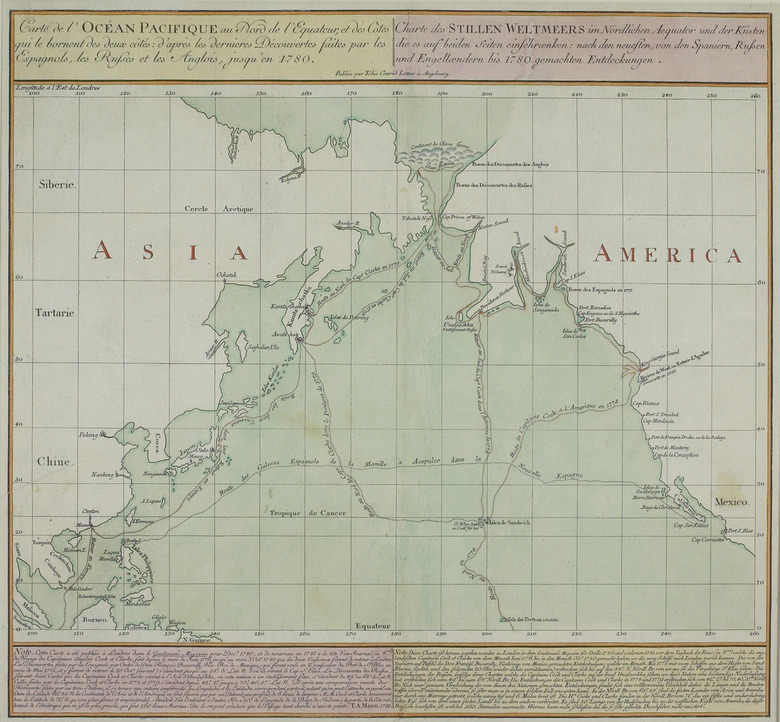Theories About The Origins Of The First American Indians
From the minute Europeans arrived in North America, they began speculating on the origins of the continent's Native American inhabitants. Some of this speculation was quite fanciful. It was thought that the Indians were members of the lost tribes of Israel, survivors from the destruction of Atlantis or descendants of Phoenician wanderers who had somehow made it across the Atlantic.
A More Ancient Migration
A More Ancient Migration
However, there was one 16th-century European, the insightful Jesuit priest Jose de Acosta, who postulated that Indians were Asian in origin, having crossed from Siberia to Alaska over a now-submerged land bridge, and this theory eventually gained credence. Even so, many American anthropologists believed into the early 20th century that Indians had only been on the continent about 5,000 years, until the discovery of distinctively fluted stone spear points in 1932 near the New Mexico town of Clovis suggested a people hunting Ice Age animals and living about 11,500 years ago. Later sites of human habitation found in Chile are at least 12,500 years old.
Three Waves
Three Waves
At first, it was thought that the early Paleoamericans were descended from people who crossed over from Asia across Father de Acosta's land bridge to present-day Alaska and then drifted down the continent in a single long migration. Gradually, however, the idea of this single migration has come to be augmented by another theory, that of a three-wave movement of people from Asia into the Americas. A study published in the journal "Nature" in 2012 suggests that most American Indians are indeed descended from a group of Asians who crossed the Siberian land bridge (known as Beringia) roughly 15,000 years ago.
Back Migration
Back Migration
However, using samples of DNA taken from current Native Americans, the scientists found that there were two later migrations that left an impact on Arctic Native American populations that speak Eskimo-Aleut as well as Canadian Chipewyan Indians who speak the Na-Dene language. Scientists studying DNA are also beginning to understand the phenomenon of "back migration" — populations in northeast Siberia, for instance, carry the "First American" gene, showing that the first Americans returned to their origins as well as moving deeper into the American continent.
A Reason To Leave
A Reason To Leave
The story of where Native Americans originated is still evolving. Recently, scientists have zeroed in on Russia's Altai Republic, which abuts China, Mongolia and Kazakhstan. It's a place that has been inhabited since Paleolithic times and acts as a gateway for people migrating to Siberia. DNA samples of current Altai populations show that a certain gene mutation present in Altai peoples is also present in Native American populations. Finally, scientists have discovered that the Altai region was densely populated some 30,000 years ago, leading to a possible answer as to why people traveled to Siberia and then through Beringia to North America: Resources were overtaxed and they needed to move farther afield in order to survive.
Cite This Article
MLA
Cummins, Joseph. "Theories About The Origins Of The First American Indians" sciencing.com, https://www.sciencing.com/theories-origins-first-american-indians-9142/. 24 April 2017.
APA
Cummins, Joseph. (2017, April 24). Theories About The Origins Of The First American Indians. sciencing.com. Retrieved from https://www.sciencing.com/theories-origins-first-american-indians-9142/
Chicago
Cummins, Joseph. Theories About The Origins Of The First American Indians last modified March 24, 2022. https://www.sciencing.com/theories-origins-first-american-indians-9142/
